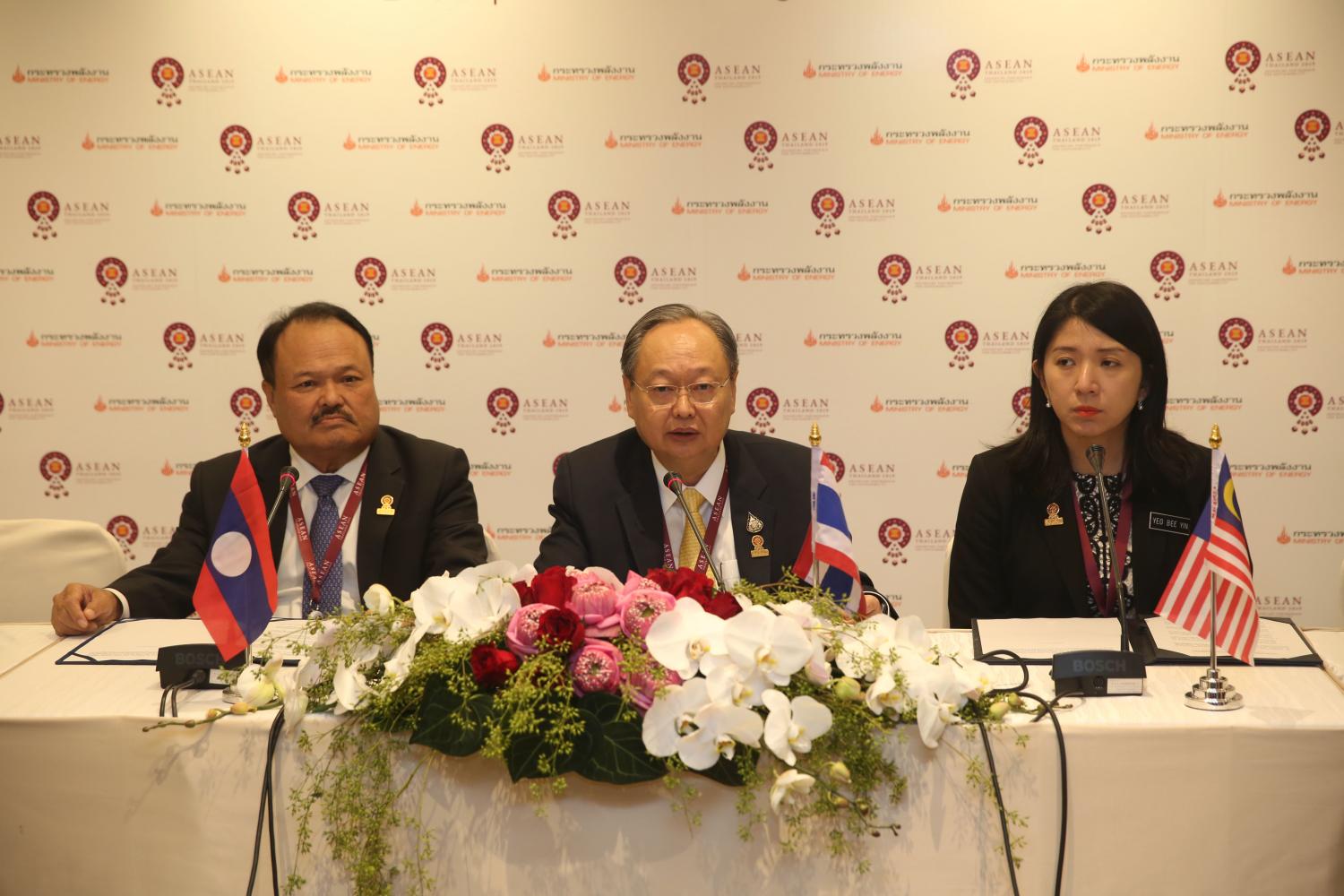
Laos, Malaysia and Thailand have agreed on a second power purchase agreement under the Laos, Thailand and Malaysia Power Integration Project (LTM-PIP) at the 37th Asean Ministers on Energy Meeting (AMEM).
The meeting started on Monday and is scheduled to end on Friday in Bangkok.
The agreement aims to raise electricity sent from Laos to Malaysia by up to 300 megawatts in 2021, an increase from the first batch of 100MW.
The agreement was signed by Sontirat Sontijirawong, Thailand's energy minister; Khammany Inthirath, Laos's energy and mines minister; and Yeo Bee Yin, Malaysia's energy, science, technology, environment and climate change minister.
The initial 100MW power trade deal was implemented in early 2018 and is scheduled to expire in December 2019.
Mr Sontirat said the energy purchase and wheeling agreement related to the LTM-PIP will be signed soon.
Under the LTM-PIP, the first day of transmission is set for January 2020, with expiry scheduled for December 2021.
"This grid connectivity project comes after the three counterparts conducted a feasibility study over many years," Mr Sontirat said.
The second step is to expand the power trade from Laos to Singapore and Myanmar.
Mr Sontirat said other types of energy will benefit from this connectivity, such as trade in liquefied natural gas and renewable resources.
Southeast Asia aims for renewable energy to make up 23% of total power generation by 2025, a goal that will require significant overhauls to achieve.
Mr Sontirat said the connectivity will enlarge the regional economy and enhance energy security across the region.
Thailand is the chair of Asean for 2019. The country's role in regional cooperation addresses many challenges, ranging from regional interconnection and promoting economic efficiency to securing the operations of individual power systems.
In addition, member countries can share a reserve margin, covering spinning reserves and power exchanges during varying peak load periods.
The regional cooperation is aimed at reducing budget investment for power generation and facilitating cross-border power purchases and exchanges within the region.
